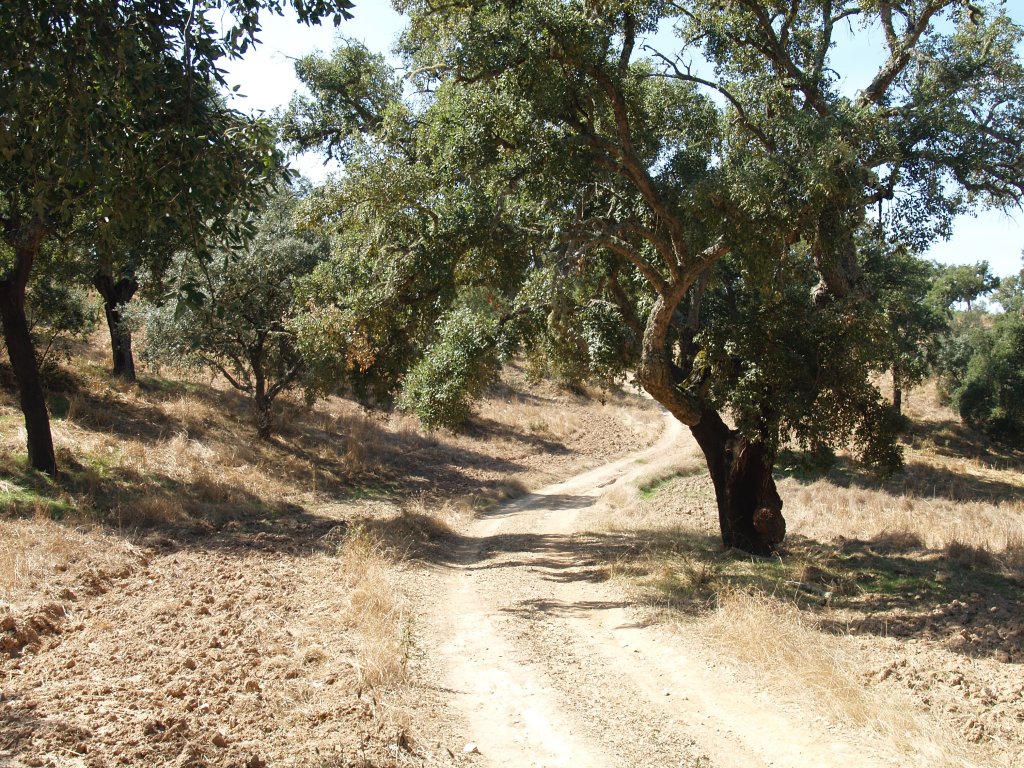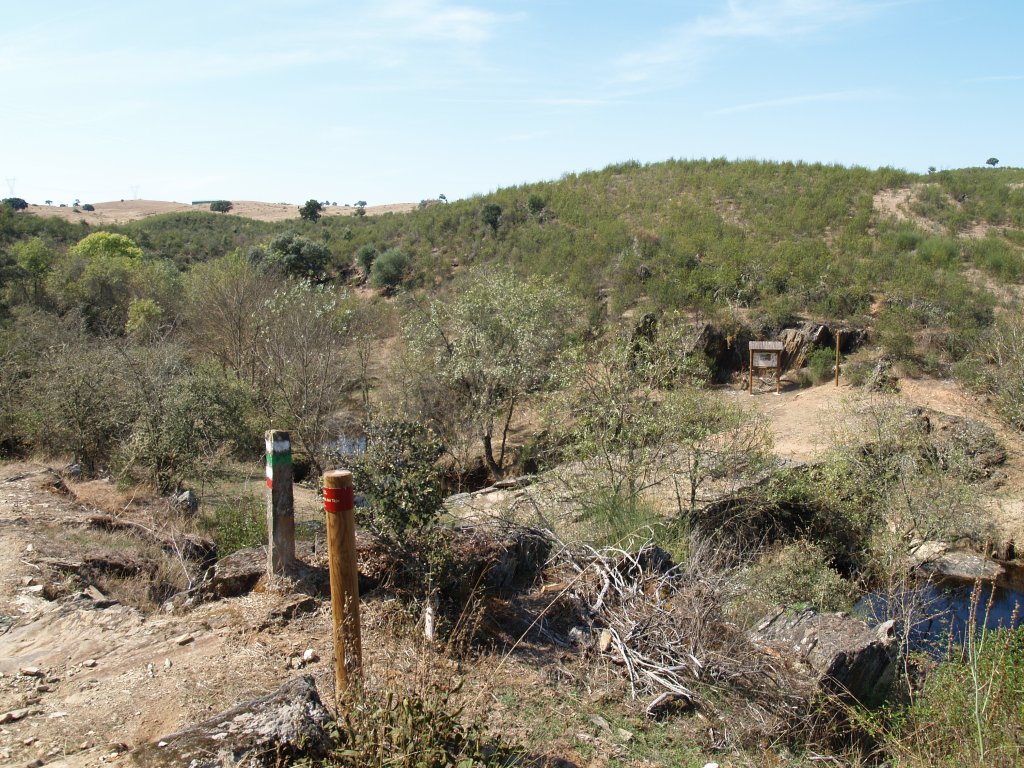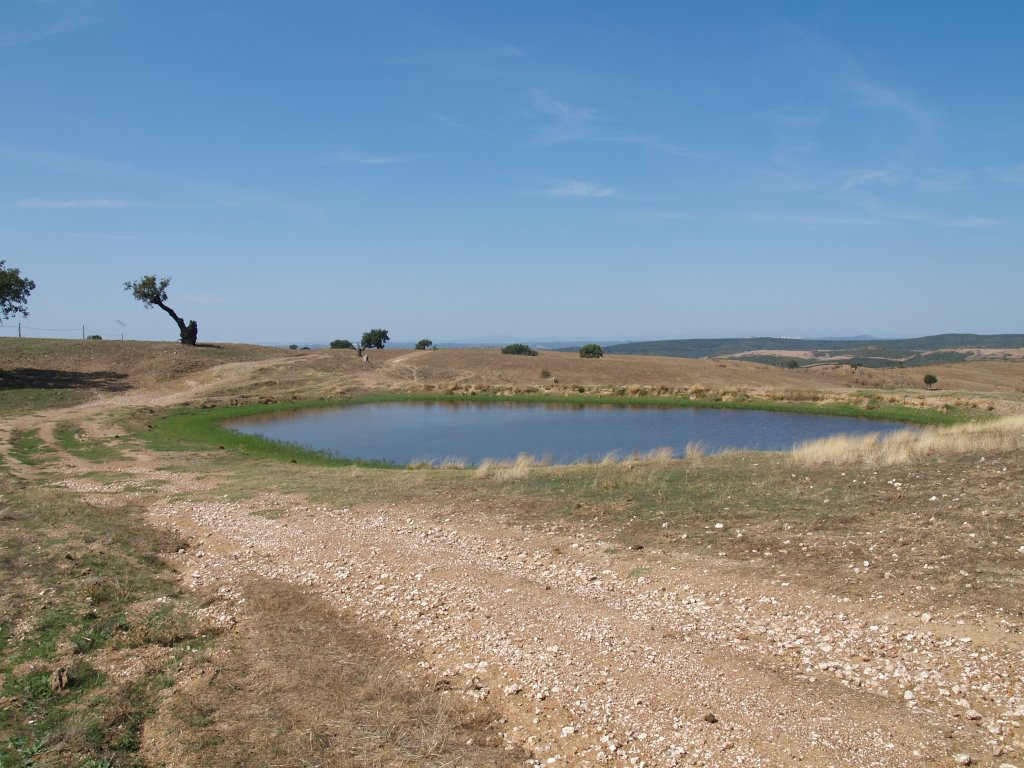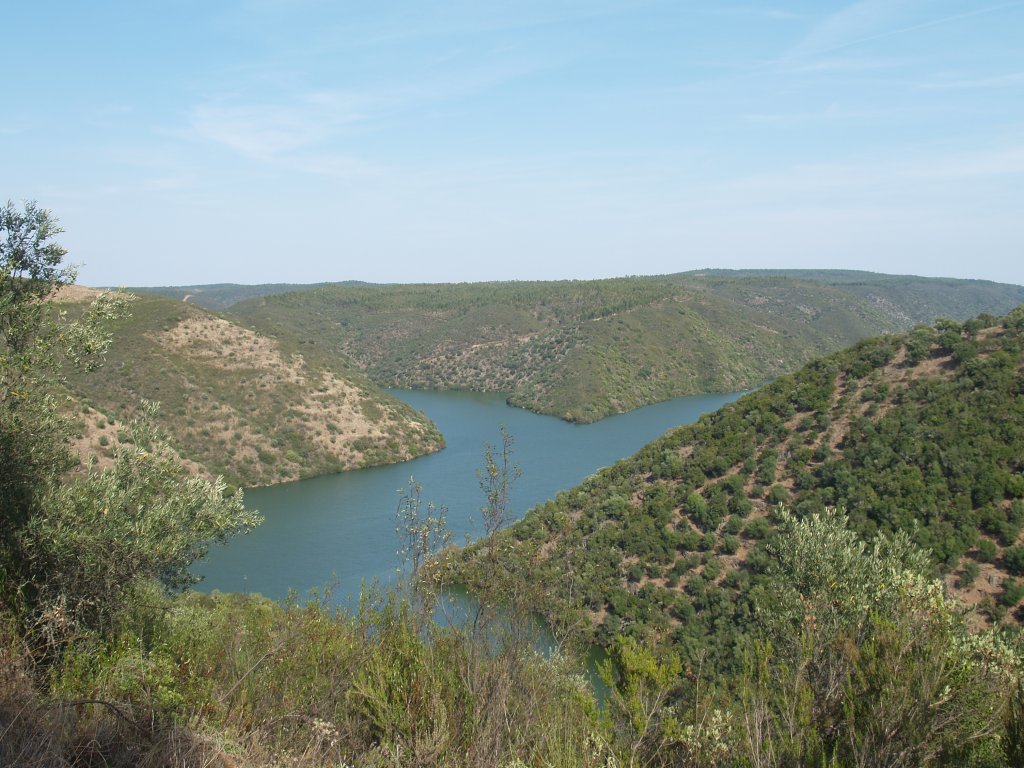Stage 43: Herrera de Alcántara - Cedillo
Description

Cedillo, endpoint
The route finally reaches Cedillo, the endpoint of the Nature Trail, from Montes Universales, where it started, to this town on the border with Portugal, where the river crosses the international border into another country.
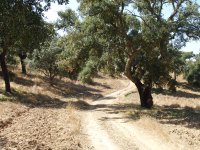
Leaving the town of Herrera de Alcántara to the left, wedged between two houses is a steep concrete track where the last Stage begins. This stretch, which runs from Santiago de Alcántara to Cedillo, coincides with the Green Track, a route included in the Tagus International Nature Park's network of routes.
A rest area with benches and an information panel on the Green Track is located just after the route reaches the bottom of the slope. The route begins to climb again and rises above Herrera de Alcántara, from where one can enjoy a beautiful view. The path continues along a forest track, gradually climbing through holm oaks (Quercus ilex), olive trees, cork oaks(Quercus suber), rockrose(Cistus sp.) and brooms (Retama sphaerocarpa).
As the route approaches the banks of the Cabrioso Stream, rockrose thickets dominate the south slope. From here, it is possible to see the changes in vegetation on the opposite slope: the tree cover disappears, giving way to a pseudo-steppe created by human activity.
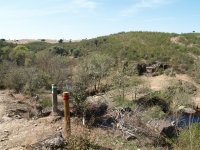
The path climbs down toward the stream. There are wooden steps in some places to make the climb easier. A stone bridge allows the traveller to cross to the opposite side. Leaving the stream behind, the route ventures into the "Cedillo and Río Tajo Internacional" Site of Community Importance (SCI) and the "Río Tajo Internacional y Riberos" Special Protection Area for Birds (SPA), sandwiched between the River Tagus and its tributary the River Sever. It also briefly traverses through the foothills of the Tagus International Nature Park, along which it continues for more than six kilometres in the stretch closest to the River Tagus.
The path climbs gently through rockrose thickets and holm oaks. The route reaches the top of the hill and crosses a gate. Here, holm oaks, olive trees and cork oaks give way to herbaceous vegetation. Trees can be found only along brooks and streams. The route skirts around a livestock farm and a small lagoon, winding through a wooden gate at the edge of the EX-374, to the nearby town of Cedillo.
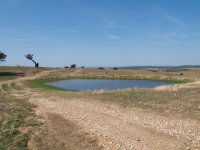
Several signs along the way indicate the existence of anthropomorphic tombs dating back to the Middle Ages, which suggest the constant presence of humans in this area. The route arrives soon at Cedillo, where the traveller can rest before the final hike to the endpoint: the hydroelectric power plant on the River Tagus.
From Cedillo, the route heads toward the Tagus, winding through rolling hills along a track wedged between beautiful slate walls. This stretch is dotted with interesting archaeological and ethnographic heritage, which can be seen taking several detours.
After crossing a gate, the track ventures through a farm owned by the town of Cedillo, where traditional goat farming and ancient olive groves on stone wall terraces are being recovered. The traveller may approach a viewpoint on the Carrasquera Hill with splendid views of the River Tagus.
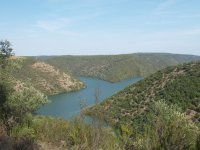
The track then descends to and crosses the river, then starts to climb up a path protected by a wooden railing, which makes the climb up the slope easier. The top of the hill is populated with holm oaks, olive trees, strawberry trees (Arbutus unedo), as well as a few scattered reforestation eucalyptus(Eucalyptus sp.).
Further on, there is a rest area with tables, chairs and a playground. After a while, the route intersects the so-called "Carretera del Muelle", along which it winds for the last few metres before it reaches Cedillo Dam, the endpoint of the Tagus Nature Trail, on the border with Portugal.
Sites of interest
Profile
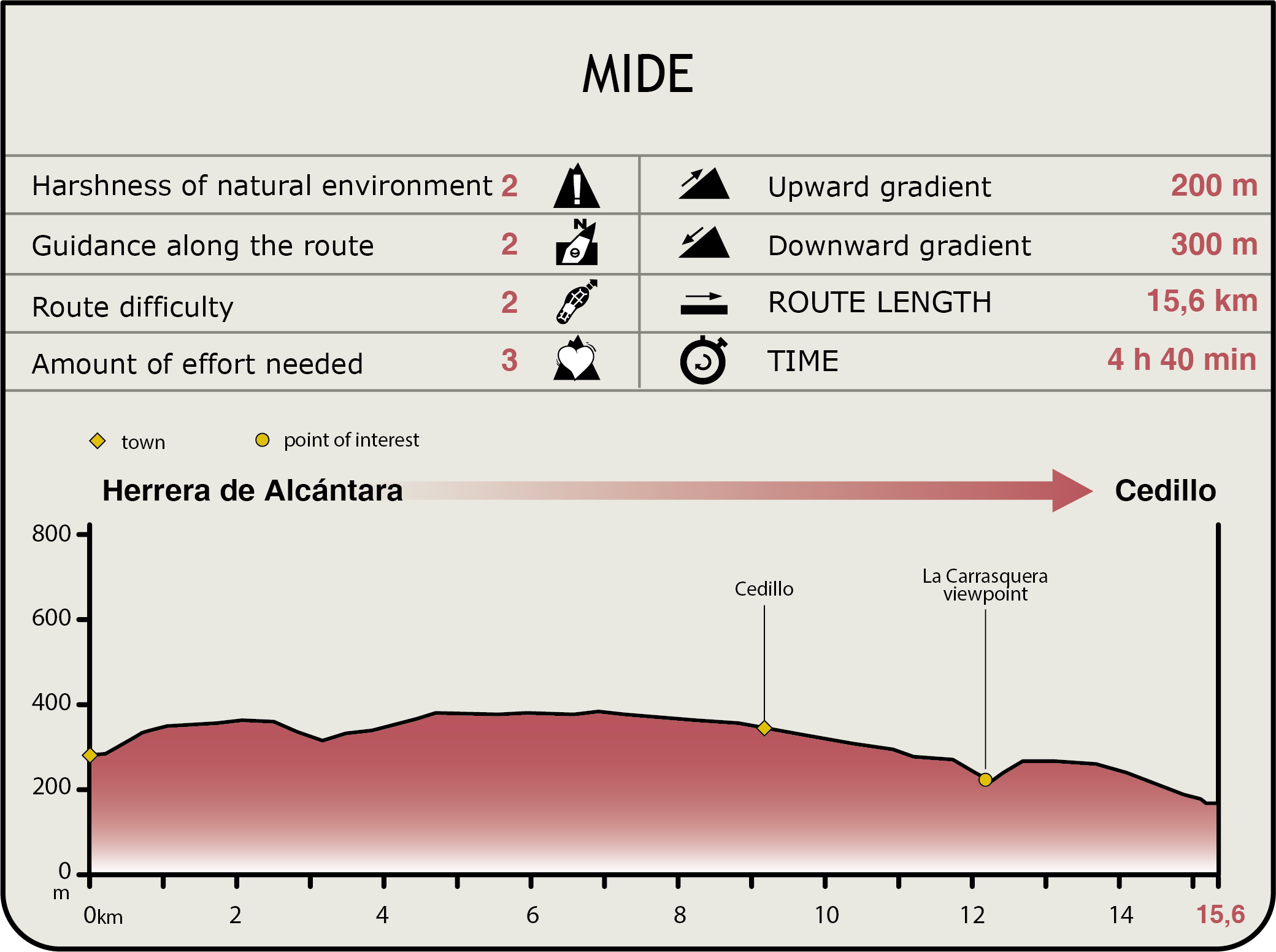
MIDE (Method for the Information of Excursions)
Featured
Further information
Old Bridge of Cabrioso
This interesting slate bridge is located on the Cabrioso Brook, about three kilometres from the town, along the ancient path that formerly linked Cedillo with Santiago de Alcántara. Although the exact date is unknown, it is believed that its origins must be ancient. Although rarely used today, it used to link the neighbouring towns of Herrera de Alcántara and Cedillo.
Anthropological Museum
It is located in the Tajo-Sever Interpretation Centre at Cedillo. The centre has a mural describing how the dolmens were built. It also houses plate idols, and other household items found in some dolmens. (The items exhibited here are copies. The originals are in the Museum of Cáceres). There is also a "standalone" anthropomorphic tomb and a replica of a prehistoric cave.
